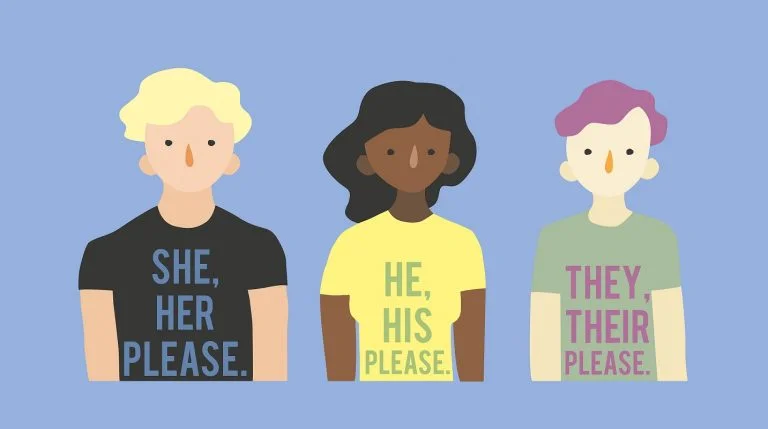Bee Kind: How You Can Help Save Our Pollinators
Bees are dying out. We need to do something to curb it.
I’m sure this isn’t news to all of you – and amidst the other innumerable nightmares taking place across the globe, it can feel like just another sign we’re hurtling towards apocalypse. But it’s an important one, and one that needs to be nipped in the bud.
The importance of bees
Bees are key pollinators. 80% of flowering plants can be pollinated by bees. They work hard for the ecosystem by pollinating important plants: vegetables, fruit, and crops used as fodder for meat and dairy production.
If bees die out, we will seriously struggle to grow and farm the foods we rely on for our survival. Bottom line: when bees go, so do we.
There are some very scary statistics that show the dark path we’re treading:
Approximately one third of our food is pollinated by bees. And yet…
Since 1985, the UK has lost 54% of its commercial honeybee colonies.
Since 2006, the US has lost 30-40%.
Demand is growing, supply is depleting. This is not sustainable.
Why is the bee population declining?
Greenpeace have categorised the three main causes of bee-death as poison, hunger, sickness.
Poison = pesticides, pesticides, pesticides.
In industrial agriculture, one method of protecting crops is to kill or incapacitate pests. When pesticide is sprayed onto soil or plants, the crops become toxic. Consumption of the crop can weaken the insect – and prove fatal. If exposure to the toxic plant doesn’t kill the bee, it can certainly reduce the bee’s ability to pollinate by impacting its spatial awareness, navigation, and flower recognition. Herbicides are also used to reduce the diversity of plants, creating a monoculture.
Monoculture = bee hunger.
When there are too few blooming flowers during the bee season, and too little variety within them, the bees become unable to feed themselves. Climate change also contributes to starvation by causing a phenomenon called ‘season creep’ – where the blooming season of flowers shifts in time, no longer coinciding with the bee season.
Invasive diseases = sickness.
Native bees cannot naturally adapt quickly enough to fight off invasive diseases and parasites. When they fall ill, they become more vulnerable to poor nutrition and exposure to toxicity. This creates a dangerous cycle resulting in bees being unable to pollinate crops and fend for themselves. Entire colonies die out.
What can we do to help?
1. Write to your MP!
Ask your MP to improve research into the health of bees. In each of the past five years, the government has spent between £1.5 to £2 million on such research. Bees, however, provide a service worth £600 million a year in crop yield and quality. Further study into bee health is a clear investment. You might also want to ask your MP for research into supporting farmers to protect their yield without the use of pesticides.
2. Change your attitude to honey!
Honey is a food source for honey bees. They store it to replenish their energy during the cooler seasons when flowers are sparse. As such, it might not be the best idea for humans to eat honey with wild abandon. If you do choose to eat honey, it’s worth changing your perspective; see honey as a treat, rather than a staple. ‘Balanced beekeeping’ is where the beekeeper leaves enough honey for the bees and sells only the surplus. Ethical Consumer has a useful guide on honey from balanced beekeepers - you could check it out here before buying your next jar. You could also look into buying local honey. This supports local beekeepers and helps to fund their beekeeping. Bonus: it also keeps food miles low, which helps with your carbon footprint!
3. Give bees a little drink!
It’s really easy to mistake an exhausted bee for a dead or dying bee. But it’s worth being an optimist here. The hard work that bees do can tire them out. Just like we need a little snack or a coffee to get through the 3pm slump, tired bees can be revived with a sip from a simple sugar solution. Mix two tablespoons of white granulated sugar with one tablespoon of water and leave it on a spoon or plate near the bee. You could also leave a little supply of solution in your garden for refuelling on the go.
Important note: don’t leave honey out for tired bees! Our honey is often imported and isn’t a suitable food source for British bees. White granulated sugar and a small splash of water will do just fine.
4. Make your garden bee-friendly!
If you have a patch of land to call your own, you can turn it into a pollinator haven. Choose a variety of plants that will flower across the seasons to help support bees outside the typical spring and summer season. In winter, you might choose snowdrops or crocuses; in summer, the snapdragon. Find a more comprehensive list of plants here. Become more tolerant of weeds and wildflowers – they can be useful food sources for bees. When you’re tidying your garden, resist the urge to burn trimmings as small bees and other pollinators could be hiding amongst the stems and twigs. And, of course, no pesticides or chemical treatments please!
Most of these tips are simple, low energy, and low cost. If we can become more mindful of our hard-working pollinators, we can live more a more sustainable life.
Finally – and I say this as someone who, up until a few weeks ago, would squeal and freeze at the sight of a yellow and black fuzzy-buzzy friend – don’t fear bees. They aren’t out to get you. They’re out to pollinate plants. And it’s time we stopped making that so difficult.





